In today’s smart access control systems, RFID (Radio Frequency Identification) card locks have become indispensable for modern offices, gyms, hotels, and other commercial or residential spaces that need secure, keyless, and efficient entry management.
These locks rely on contactless communication between the lock and an authorized sensing device, such as an RFID wristband or IC card. This offers convenient and secure access — but what happens when the lock doesn’t open as expected?
If you’ve ever faced a situation where your RFID lock refuses to respond, you’re not alone. This comprehensive guide uses the MAKE RFID lock series as a real-world example to explain common reasons why an RFID lock might fail to open, and what you can do about it.
Before diving into troubleshooting, it helps to understand the basic mechanism behind these locks.
An RFID lock operates through electromagnetic fields that enable the transfer of data between a lock core and a sensing device. When an authorized device is presented within range, the lock reads the unique ID, matches it to its database, and releases the lock mechanism if the match is valid.
This system is simple, fast, and contactless — but it depends on correct authorization, functional hardware, sufficient power supply, and the right operational mode.
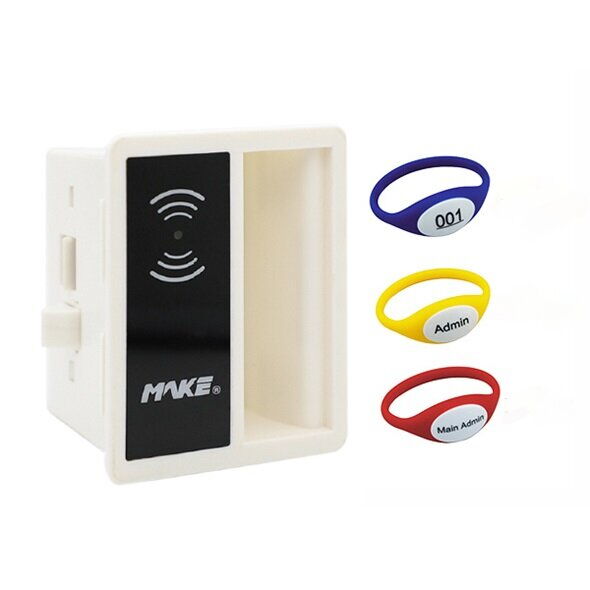
One of the most common reasons an RFID lock won’t open is that the card or wristband you’re using simply isn’t recognized by the lock. This can happen for several reasons:
The card has never been added to the lock’s database.
The card was accidentally deleted.
The card has expired if it was set up with a validity period.
A card from a different lock system is being used.
Example with MAKE RFID locks:
MAKE’s advanced RFID locks are designed with a three-level management system to help you easily manage user access. With this system, businesses or property managers can add, replace, or delete user cards using a dedicated manager card or admin card.
Solution:
If you suspect the device is not authorized, check with the site administrator or manager to verify the status of your card or wristband. If needed, reauthorize or replace the card using the admin functions. Always keep backup admin cards in a secure location to manage unexpected situations.
Another frequently overlooked issue is related to the lock’s operating mode. RFID locks, like those in the MAKE range, typically offer two working modes:
Private Mode: The sensing device is assigned to a specific user and remains valid until it is manually deleted or reprogrammed. This is common in offices, residential lockers, or hotel rooms.
Public Mode: The sensing device is valid for a single use only. Once used, it automatically deactivates. This mode is perfect for shared spaces such as gyms, spas, or libraries, where different users may access the same locker at different times.
Why This Matters:
If your lock is in Public Mode, your card or wristband will only work once. If you unlock the lock and then close it again, the device is no longer valid for a second use until a new session is initiated.
Additionally, some MAKE RFID locks come with an auto-lock function, adding another layer of security. For example, if a user scans their card but doesn’t open the lock within a preset time window (usually 3–5 seconds), the lock automatically relocks, and the card is considered “used.” Trying to use it again will fail.
Solution:
If your lock seems unresponsive because of this, confirm whether it is in Public Mode. If so, you’ll need to reset the lock for the next user. This is typically done through the admin card or the system’s management software.
For businesses, it’s important to provide clear instructions to users about how Public Mode works, so they aren’t caught off guard.
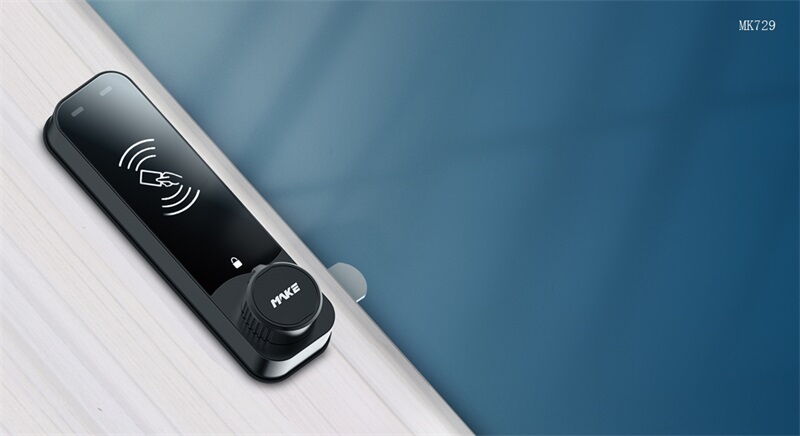
While the technology behind RFID locks is reliable, it still depends on a consistent power supply. In most cases, these locks are battery-powered to ensure easy installation and use without complicated wiring.
However, if the battery runs out completely, the lock’s circuit cannot communicate with the sensing device — no matter how many times you scan your card.
How MAKE Helps:
MAKE RFID locks are thoughtfully designed with a low-battery warning system. When power levels drop below a certain threshold, the lock emits an alert — such as a flashing light or a beeping sound — reminding users or managers to replace the batteries before they are fully depleted.
Solution:
If your lock shows signs of low power, replace the batteries as soon as possible. Many models use standard AA batteries, which are easy to find and swap out. Always follow the manufacturer’s instructions to avoid damaging the lock during battery replacement.
Another possible reason your lock isn’t opening is physical damage to the RFID card or wristband. Cards can get scratched, bent, or demagnetized if stored near strong magnets. Wristbands might degrade over time, especially in humid or high-traffic environments like swimming pools or gyms.
Solution:
Inspect your card or wristband for visible signs of damage. If you have a spare device, try using that instead. If the spare works, the original device likely needs to be replaced. Keeping backup cards or bands on hand helps avoid downtime.
Though less common, electromagnetic interference can sometimes prevent an RFID lock from communicating with your card or wristband. Thick metal objects or devices emitting strong signals nearby might disrupt the connection.
Solution:
Try removing the card from your wallet if it’s near other cards with RFID chips. Hold the card or wristband directly to the sensor, with no obstructions in between. If you’re managing multiple locks in close proximity, ensure they are correctly programmed to avoid cross-interference.
No lock hardware is indestructible. After years of use, mechanical components like the latch, motor, or circuit board can wear out. Dust, humidity, and heavy usage in commercial environments can speed up this process.
Solution:
Regular maintenance is key. MAKE RFID locks are built with durable components, but it’s still good practice to inspect locks periodically, clean the sensor area, and test the locking and unlocking mechanism. If you suspect a hardware fault, consult a professional technician or your supplier for repair or replacement.
The versatility of MAKE RFID locks lies in their easy mode switching feature. For example:
Gyms, spas, and swimming pools: Public Mode works best since lockers are used by different people daily. After each use, the locker resets automatically.
Offices, residential lockers, and hotel safes: Private Mode ensures that the assigned user has secure, exclusive access until the admin changes it.
Managers can switch modes using the master card or through the lock’s built-in configuration settings. Proper mode setup ensures the lock performs exactly as intended and prevents unnecessary user frustration.
MAKE’s portfolio of RFID locks includes versatile models to suit various settings, from residential applications to commercial environments with heavy foot traffic. Here are a few popular options:
MK732: A robust and user-friendly model ideal for office storage or gym lockers.
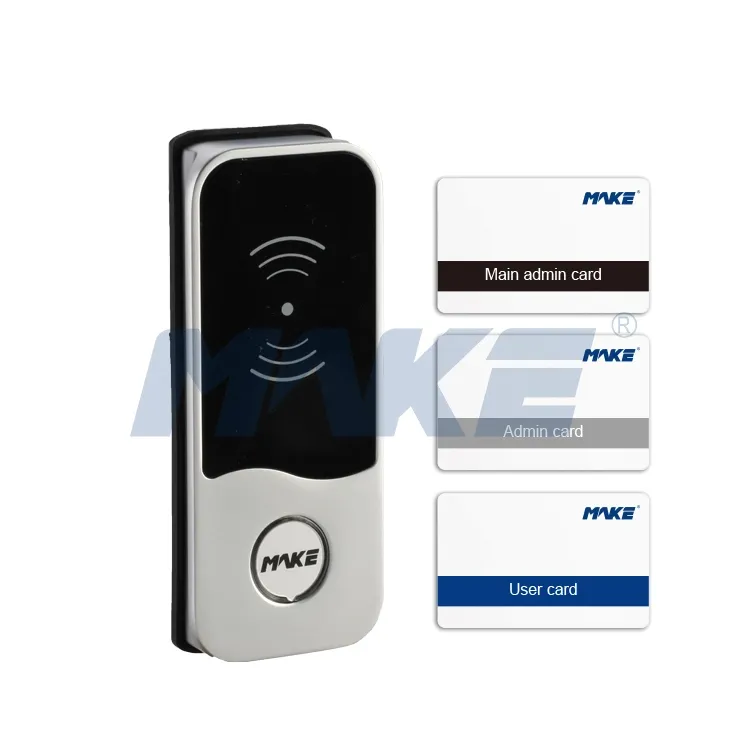
MK723: Sleek design with reliable performance for modern co-working spaces.
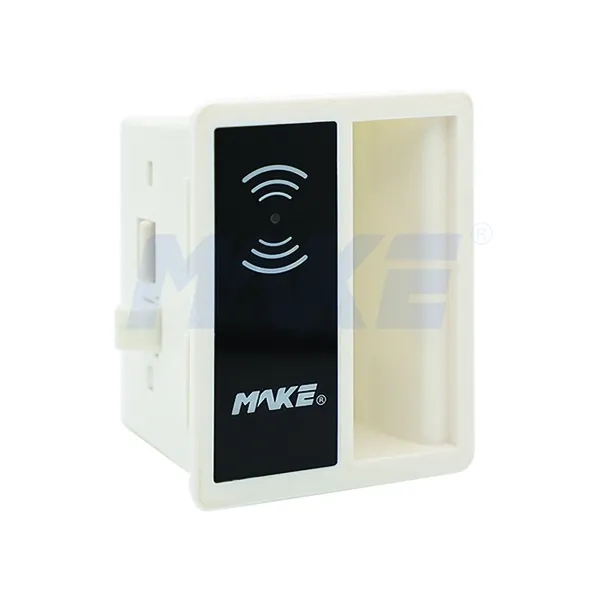
MK726: Known for its high durability, perfect for public areas like spas and pools.
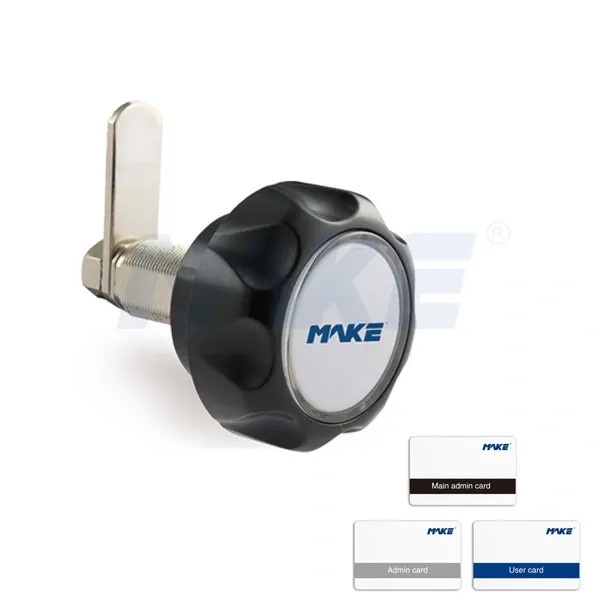
MK729: Premium features with flexible mode switching, great for high-end hotels and resorts.
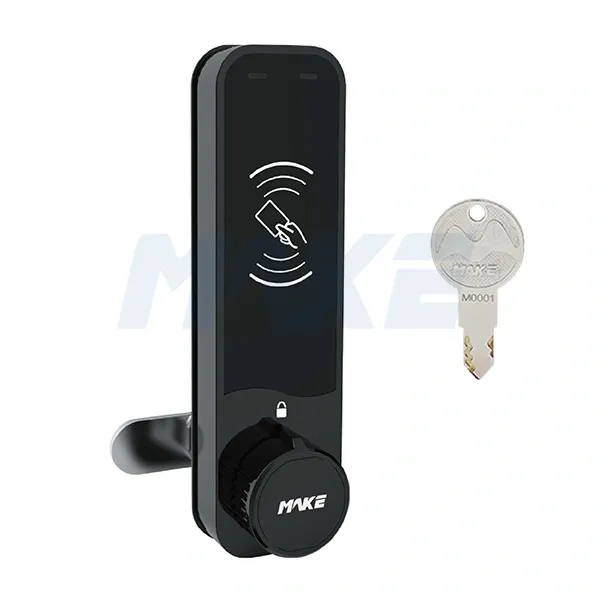
Each model combines smart management functions, energy-efficient design, and user-friendly operation, providing peace of mind for both managers and end users.
To ensure your RFID locks continue working smoothly, consider these practical tips:
Take low-battery alerts seriously and schedule periodic checks for high-use areas.
Clear instructions on how to use the lock, switch modes, and handle cards reduces confusion and user errors.
Maintain a secure log of admin and manager cards. If one is lost, disable it immediately to protect security.
Clean the lock face, check the latch, and ensure no physical obstructions block the sensor.
Choose a reputable brand like MAKE that provides professional after-sales support, spare parts, and technical guidance.
When an RFID lock fails to open, it’s often due to simple, preventable issues like unauthorized devices, expired modes, dead batteries, or wear and tear. By understanding how these locks work and following good maintenance practices, you can minimize disruptions and ensure secure, convenient access for all users.
Whether you’re managing a large fitness center or securing private lockers for your team, the MAKE RFID lock series offers reliable performance, easy management, and the flexibility to adapt to your unique needs.
Need more help?
For technical support, detailed model specifications, or bulk orders, don’t hesitate to reach out to the MAKE team. They’re always ready to help you find the right RFID lock solution for your business.
